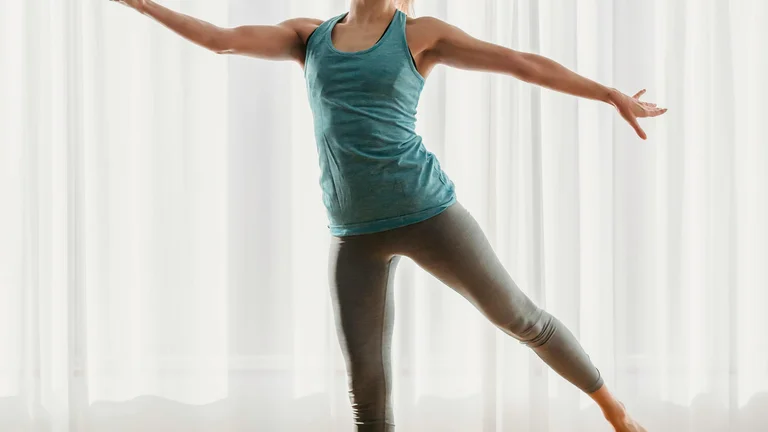Understanding the Importance of Fitness

Staying active as we age is vital for health. Regular physical activity aids in maintaining mobility, balance, and strength. It can reduce the risk of chronic diseases like heart disease, diabetes, and osteoporosis. Additionally, engaging in fitness activities can promote mental well-being, helping to combat feelings of depression and anxiety.
Older adults can experience physical changes that make getting active more challenging. Joint pain, decreased bone density, and reduced muscle mass can deter physical activity. Programs tailored for older adults consider these challenges, providing safe and efficient ways to achieve fitness goals.
Types of Fitness Programs for Older Adults
Many fitness options exist, each addressing specific needs. Here is a look at some beneficial exercise programs for seniors:
- Aerobic Exercises: Walking, swimming, or cycling can improve cardiovascular health. These activities can be done at home or in social settings.
- Strength Training: Light weights or resistance bands help maintain muscle mass. Exercises that target major muscle groups can enhance strength and endurance.
- Flexibility and Balance: Yoga and Pilates improve balance and flexibility. These activities help prevent falls, an issue that greatly affects older adults.
- Group Fitness Classes: Social exercise options enhance motivation and enjoyment. Classes designed for seniors can be low-impact and fun.
Creating a Personalized Fitness Plan
Before starting any program, older adults should consult healthcare providers to assess health status and get guidance. A personalized plan typically considers medical history, current fitness level, and personal preferences.
Setting realistic goals is important. Start with short sessions, gradually increasing duration or intensity. A mix of activities often yields the best results, balancing strength training, aerobic workouts, and flexibility exercises.
Safety Guidelines for Exercising
Safety is paramount when participating in fitness programs. Some basic safety tips include:
- Always warm up before starting exercises and cool down afterward to prevent injury.
- Stay hydrated before, during, and after workouts.
- Wear appropriate footwear and clothing to reduce falls and enhance comfort.
- Listen to the body—stop if feeling pain or dizziness.
- Consider exercising with a buddy or in a group for added safety and motivation.
Finding the Right Fitness Program
Many options exist for finding suitable fitness programs:
Local community centers, senior centers, and gyms may offer specific programs. Online resources and platforms also provide virtual classes and tutorials tailored for older adults.
Engaging with family and friends can enhance the experience. Together, they can explore local classes, share progress, and maintain a supportive environment. Enjoying activities increases adherence to fitness routines.
| Type of Exercise | Description | Benefits |
|---|---|---|
| Aerobic Exercises | Activities like walking and swimming. | Improves heart health and stamina. |
| Strength Training | Using weights or resistance bands. | Increases muscle strength and mass. |
| Flexibility and Balance | Includes yoga and Pilates. | Enhances balance and reduces fall risk. |
| Group Fitness Classes | Social exercise settings with structured activities. | Boosts motivation and enjoyment. |
FAQ - Fitness Programs for Older Adults
What are the benefits of fitness programs for older adults?
Fitness programs enhance health by improving strength, balance, flexibility, and cardiovascular fitness. They help reduce the risk of chronic diseases and promote mental well-being.
How often should older adults exercise?
Older adults should aim for at least 150 minutes of moderate aerobic activity or 75 minutes of vigorous activity per week, alongside strength training at least twice weekly.
What types of exercises are safe for older adults?
Low-impact aerobic activities, strength training with light weights, stretching, and balance exercises are considered safe and effective for older adults.
Is it necessary to consult a doctor before starting a fitness program?
Yes, consulting a healthcare professional is recommended to ensure safety and suitability of any exercise plan, particularly with pre-existing conditions.
Can older adults exercise alone?
Yes, older adults can exercise alone, but group classes or exercising with friends can provide motivation and safety.
Fitness programs for older adults are essential for maintaining health, improving strength, and enhancing quality of life. Engaging in regular exercise tailored to individual needs can reduce chronic disease risk and promote emotional well-being.
Conclusão sobre Fitness Programs for Older Adults.